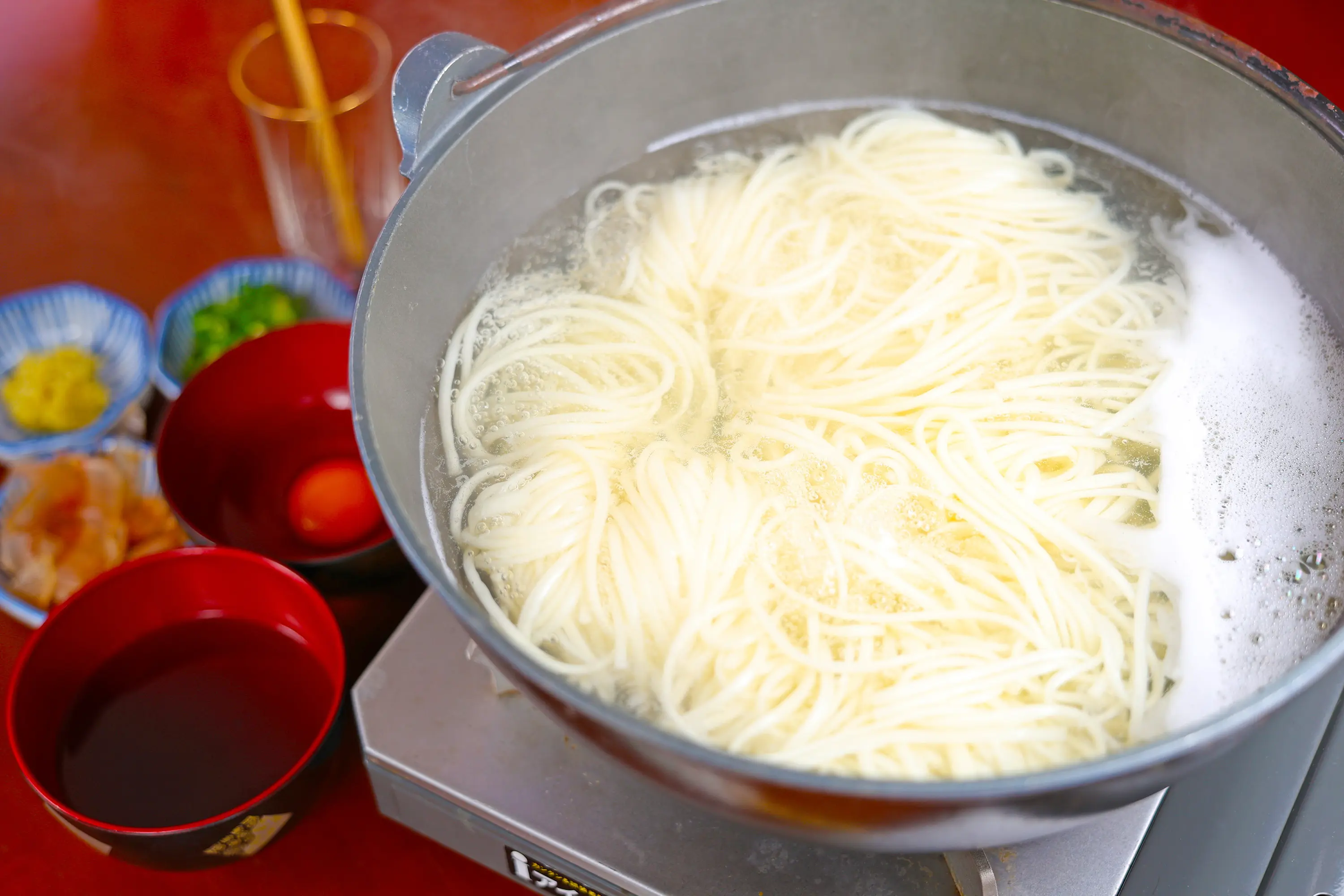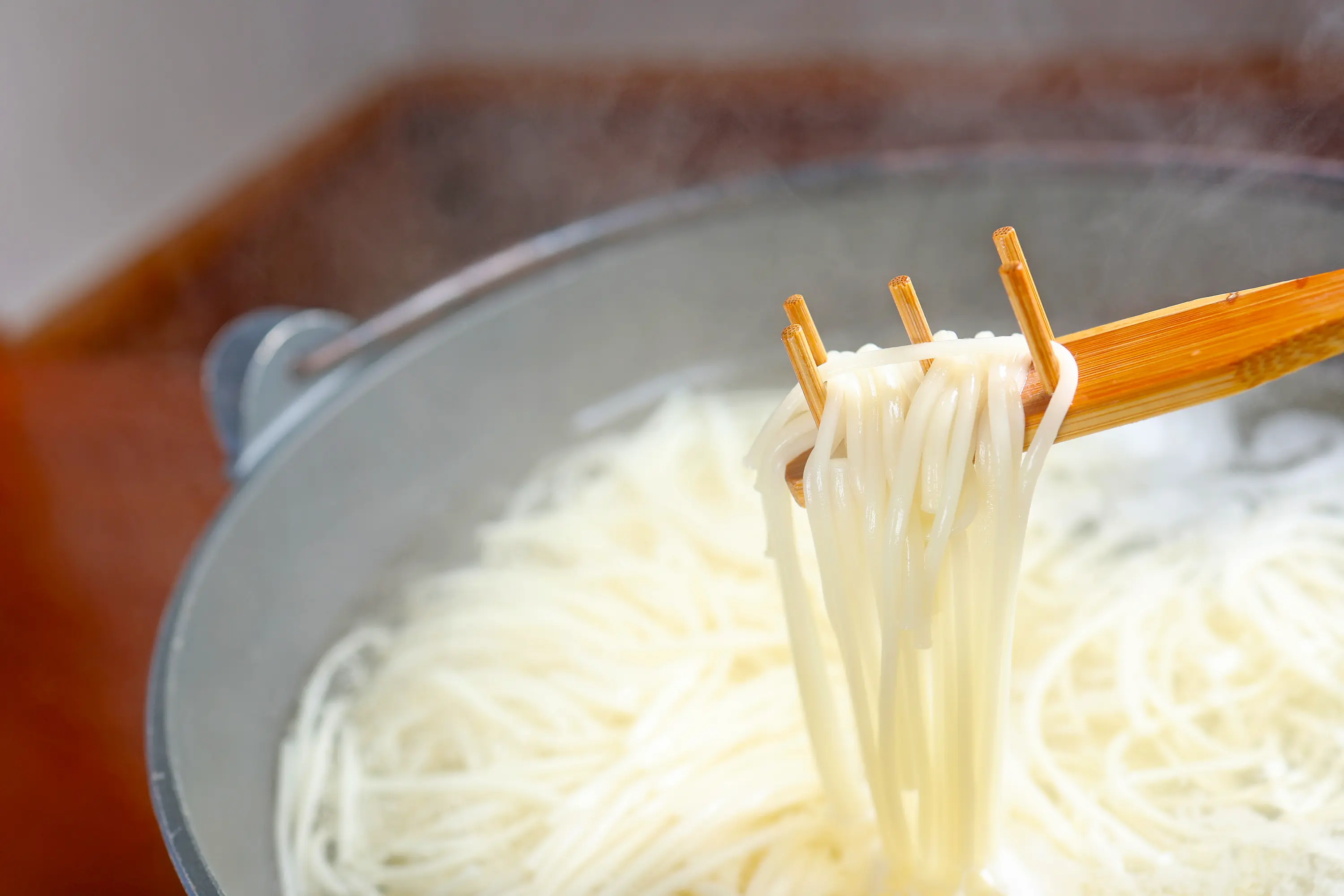Goto SUP
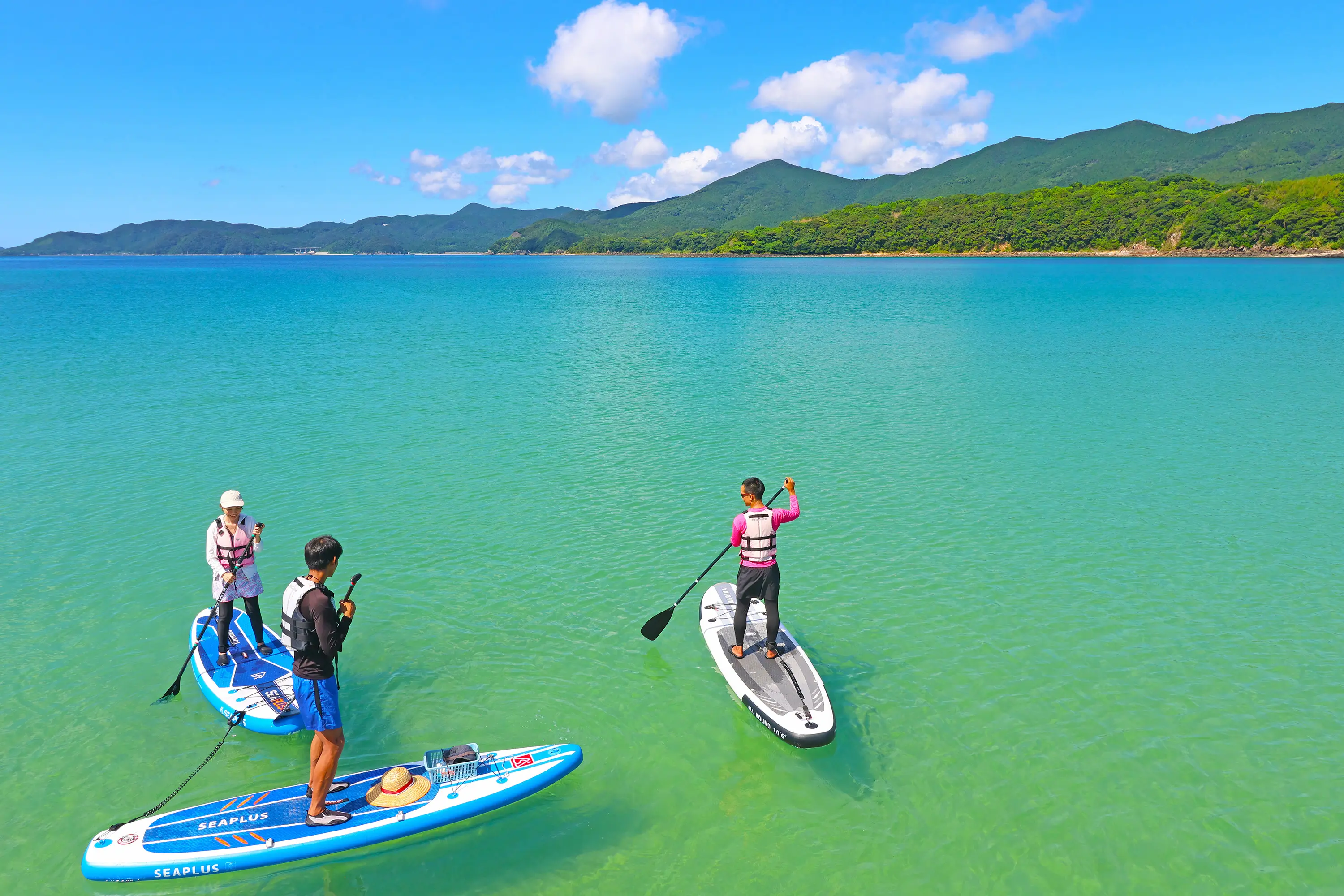
The sea's colors weave a breathtaking gradient. SUP Experience in the Goto Islands
The Goto Islands float in the sea about 100 km west of Nagasaki Prefecture, consisting of over 140 islands of various sizes, including Fukue Island, Hisaka Island, Naru Island, Wakamatsu Island, and Nakadori Island. The clarity of the sea is outstanding, and the overlapping emerald green gradations reflecting the colors of the surrounding mountains are breathtakingly beautiful. You may also encounter small fish, crabs, and other creatures at the water's edge.


Fukue Island, the largest island in the Goto Islands, features over ten beaches scattered across its shores, offering an array of marine activities. At Goto SUP, visitors can enjoy stand-up paddleboarding (SUP) on the shallow, calm waters of Ohama Beach from May through October. All necessary gear, including SUP boards, paddles, shoes, and life jackets, is available for rent. Participants need only bring essentials, such as clothing they don't mind getting wet and a towel, to participate in this hassle-free challenge. Beginners and children are also welcome, as instructors are there to offer thorough guidance.


After learning how to paddle, grab your SUP board and paddle and head out to sea. Through hands-on experience, the instructor will teach you key points such as how to extend your arms and how to stand without leaning forward too much. They reassure you by giving thorough advice on how to react if you fall into the sea, so you won't panic.
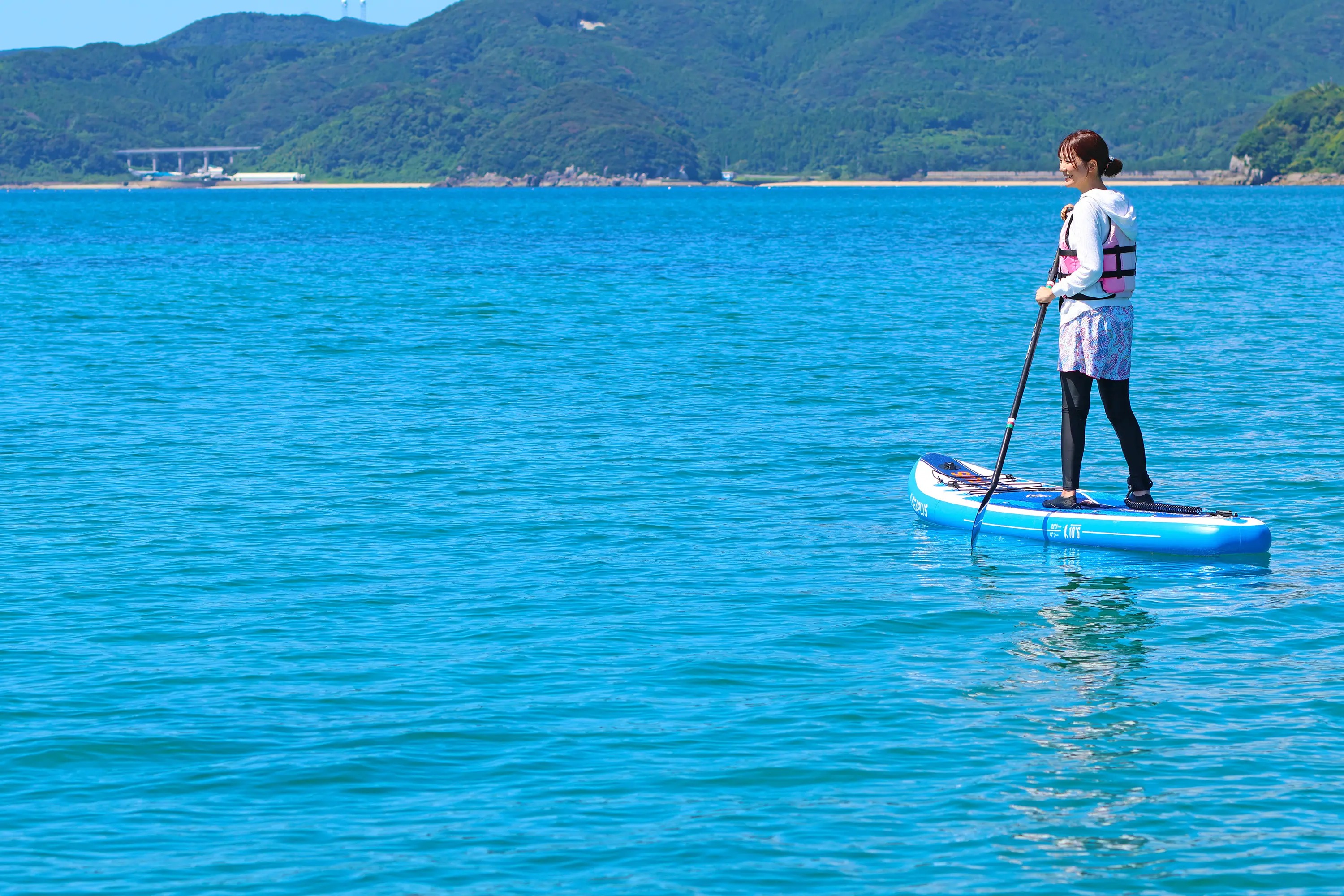
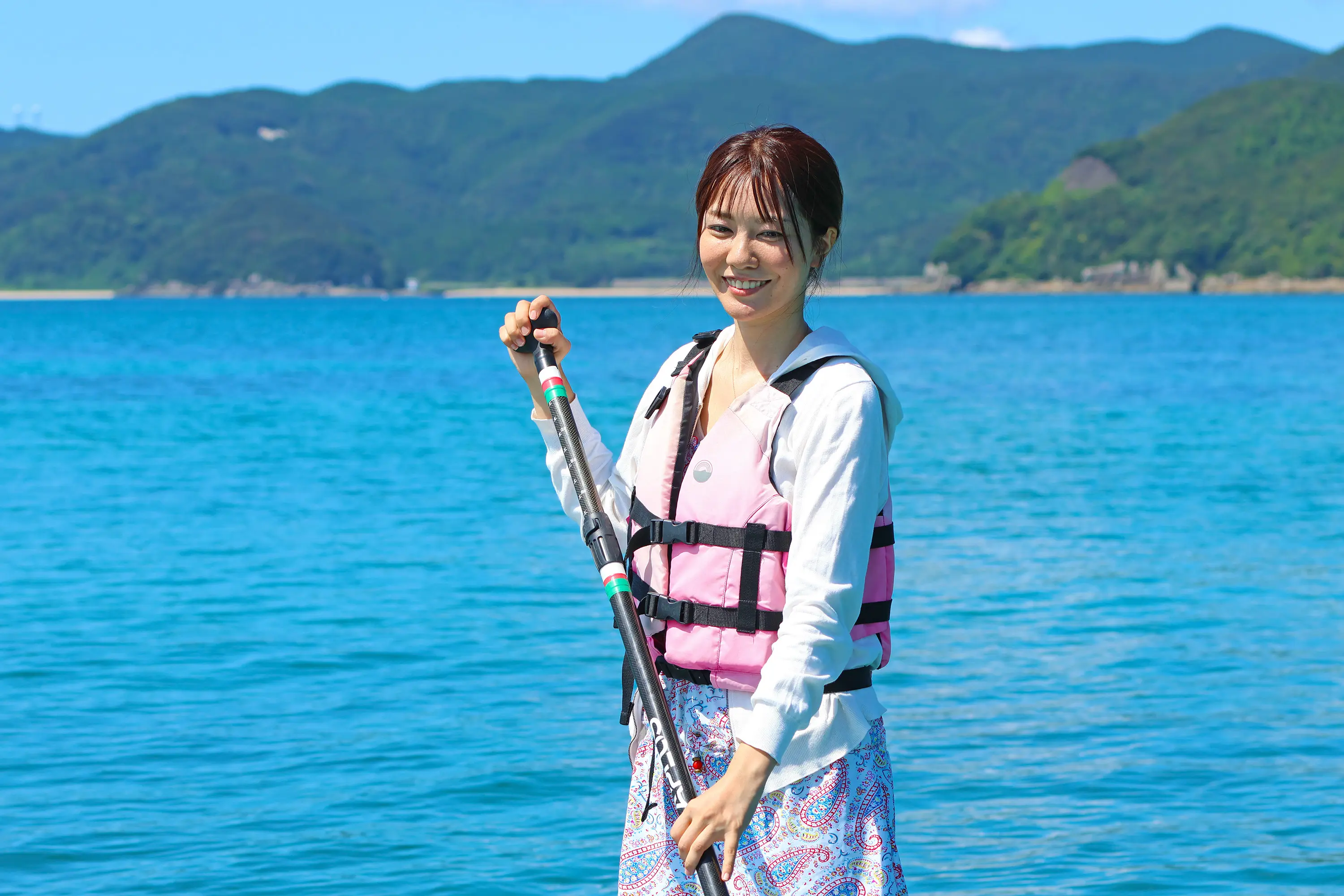
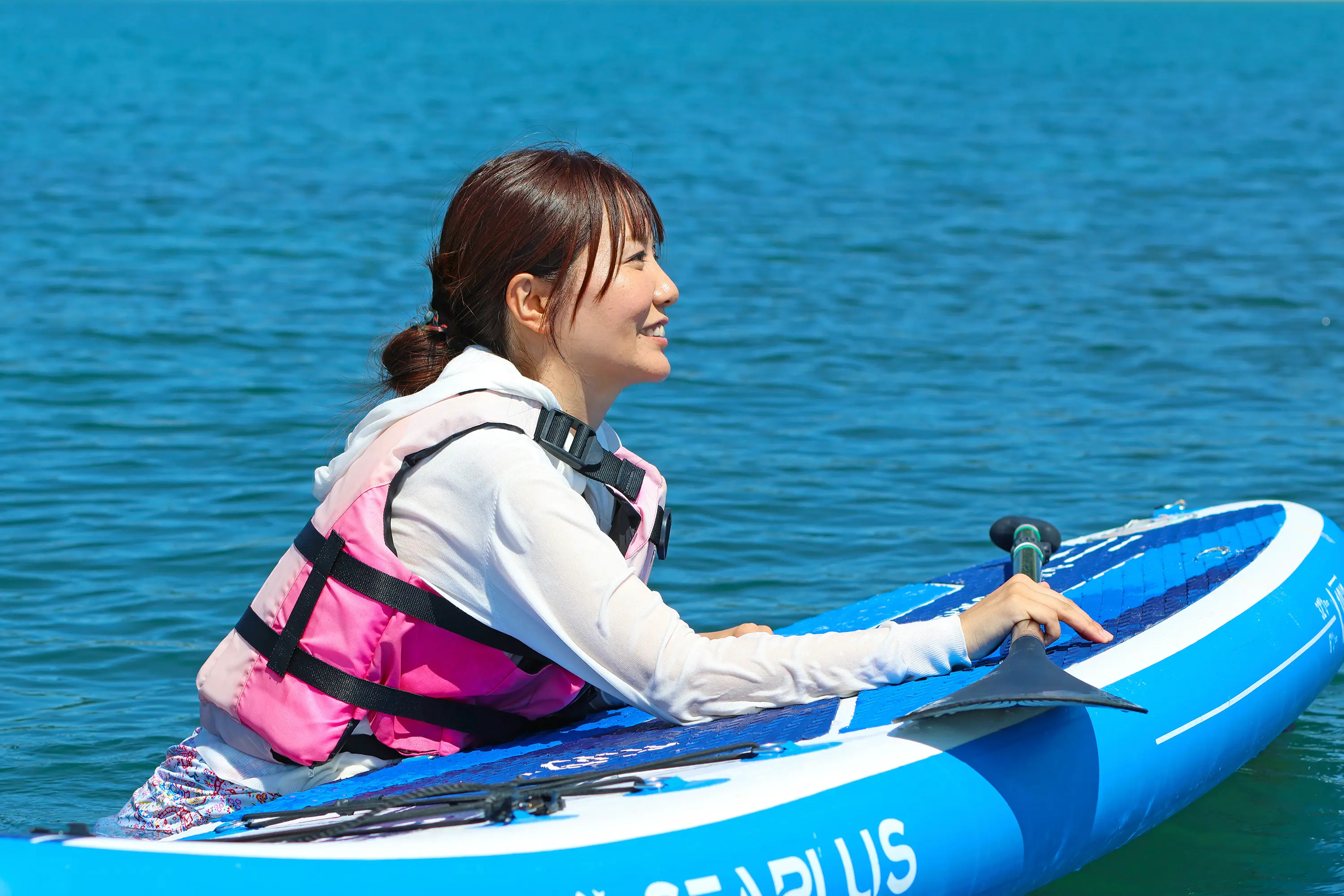
Once you stand on the stable SUP board and start paddling while being gently rocked by the waves, the board glides smoothly forward, offering the comforting feeling of strolling across the sea. Enjoy an extraordinary escape as you are captivated by the beauty of the colorful emerald green waters of the Goto Islands.

Exploring the island, visiting historic churches and scenic spots
The Goto Islands preserve numerous historical sites that tell the story of hidden Christians who endured persecution and continued their faith in secret, even during the prohibition period following the introduction of Christianity. The Dozaki Church on Fukue Island is the oldest Western-style building in the Goto Islands, constructed in 1880 and originally built of wood. In 1908, it became a brick church building and is now open to the public as a museum.
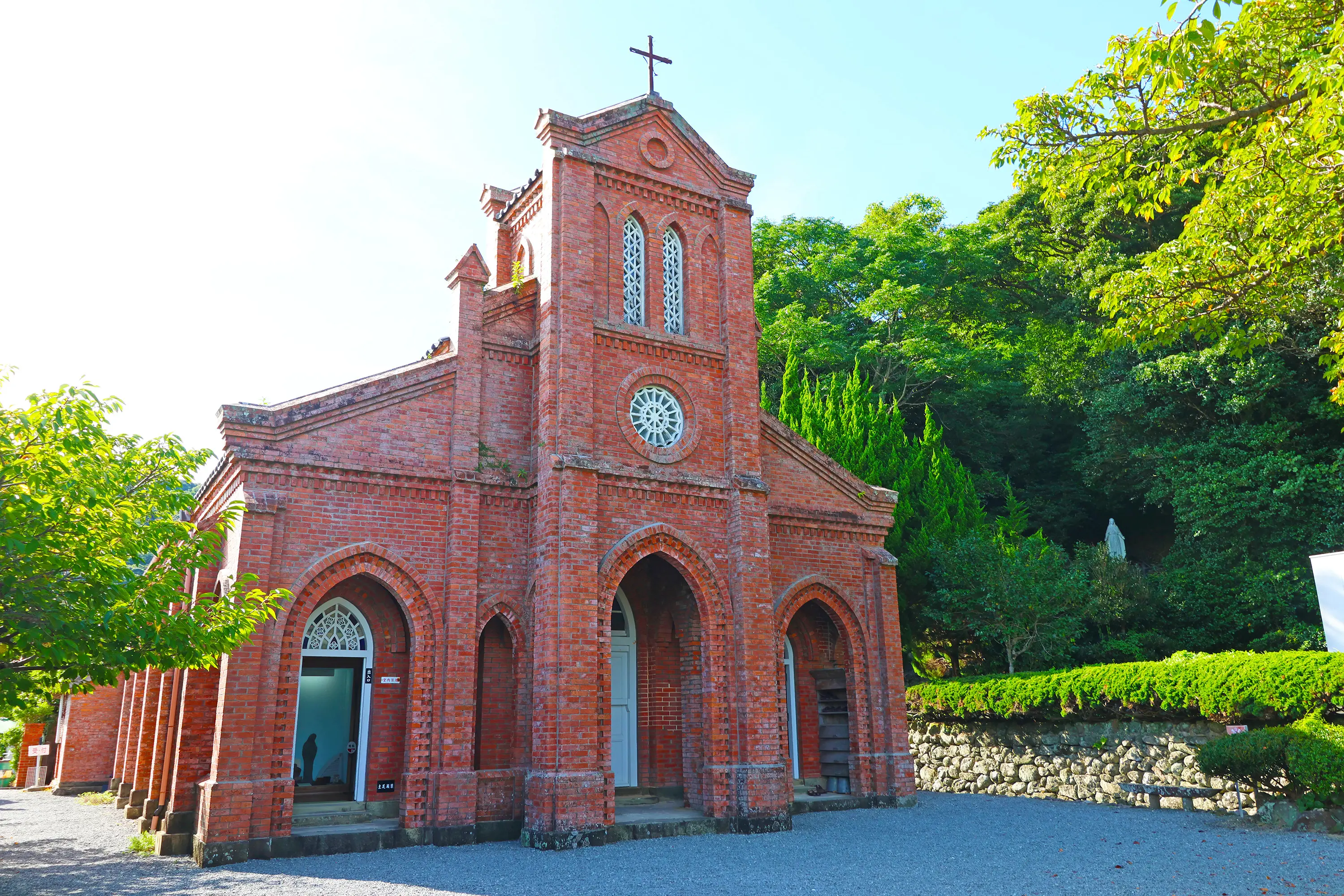
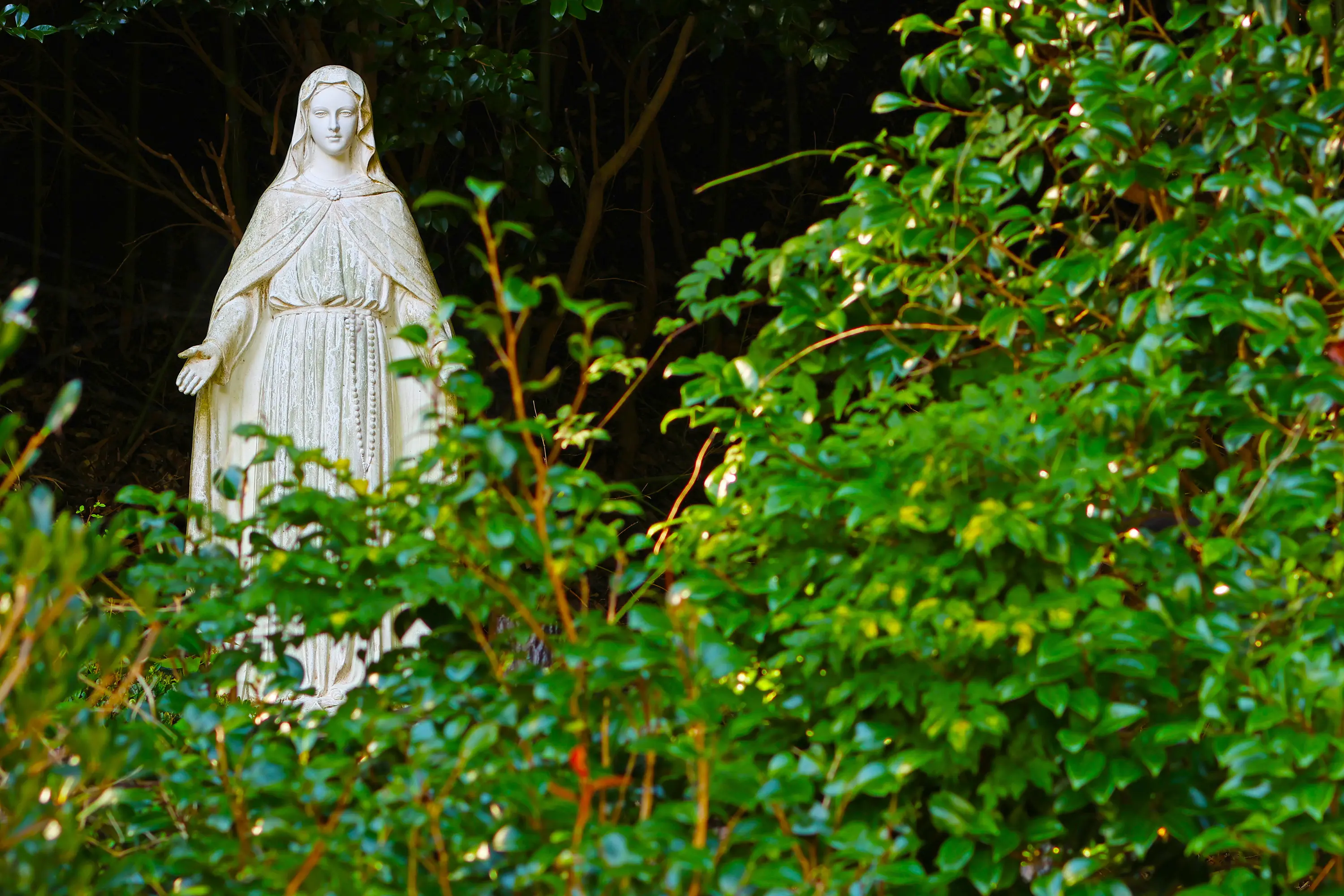
On Kashiragashima Island, where many hidden Christians settled, stands the rare stone church known as Kashiragashima Church. It was built by believers who returned to the island after the ban on Christianity was lifted. The intricately designed brick “Aosagaura Church” on Nakadori Island is another valuable church building and stands as one of the highlights of tourism in the Goto Islands.
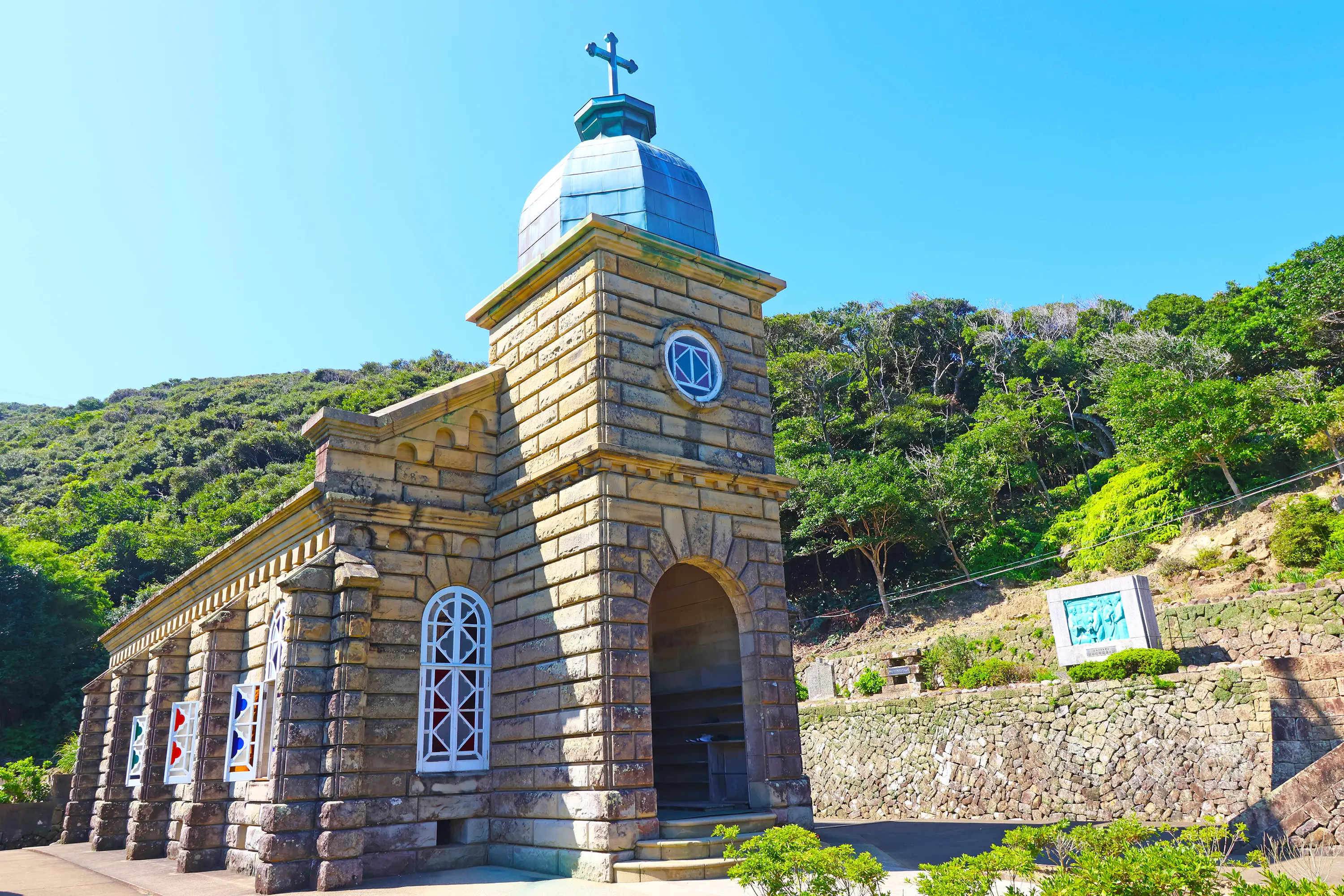
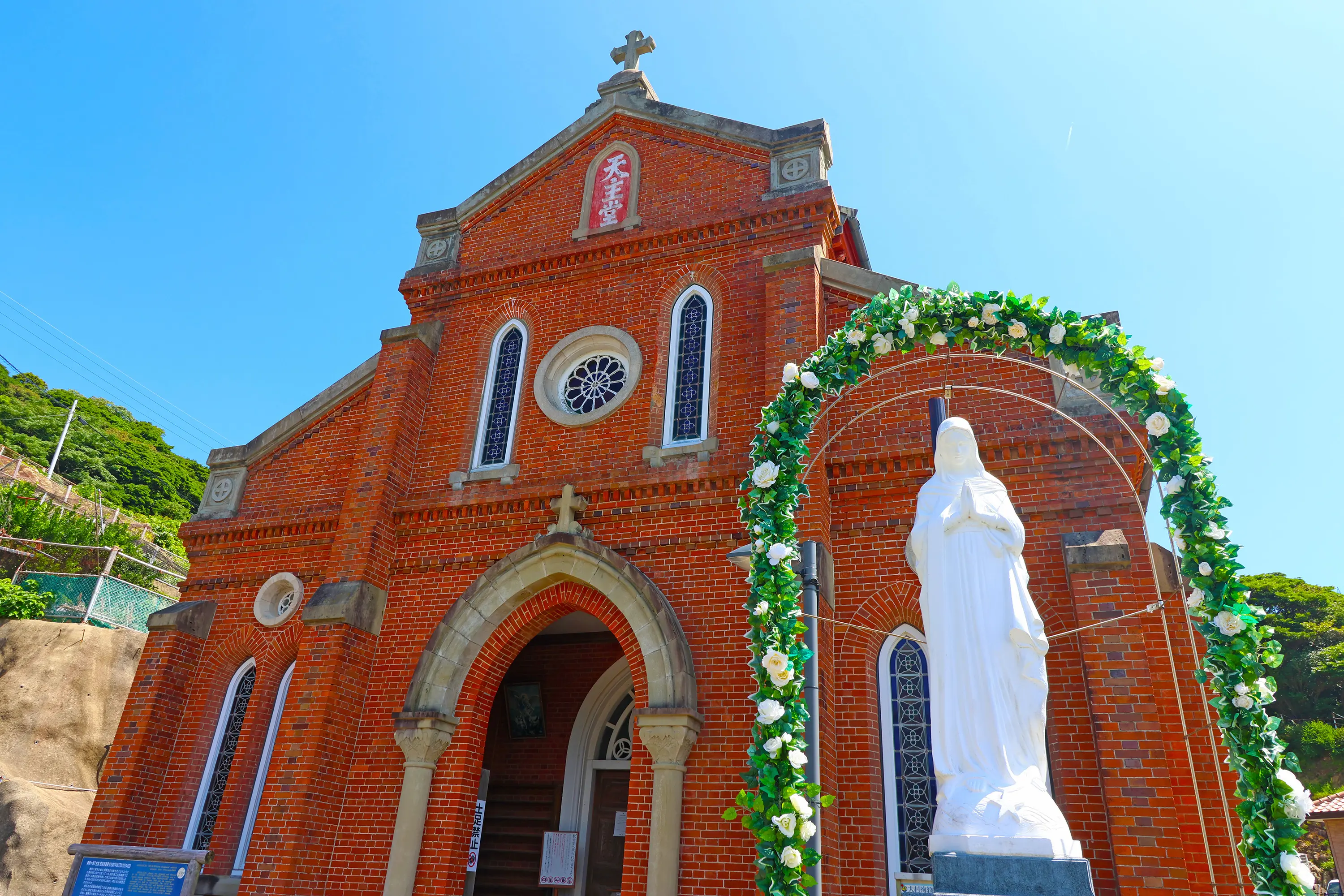
The nature-rich Goto Islands boast many scenic spots, but if you visit after a SUP experience on Fukue Island, the view of Takahama Beach from the Gyoran Kannon observation deck is a must-see. You will be once again captivated by the beauty created by the overlapping hues of the sea.
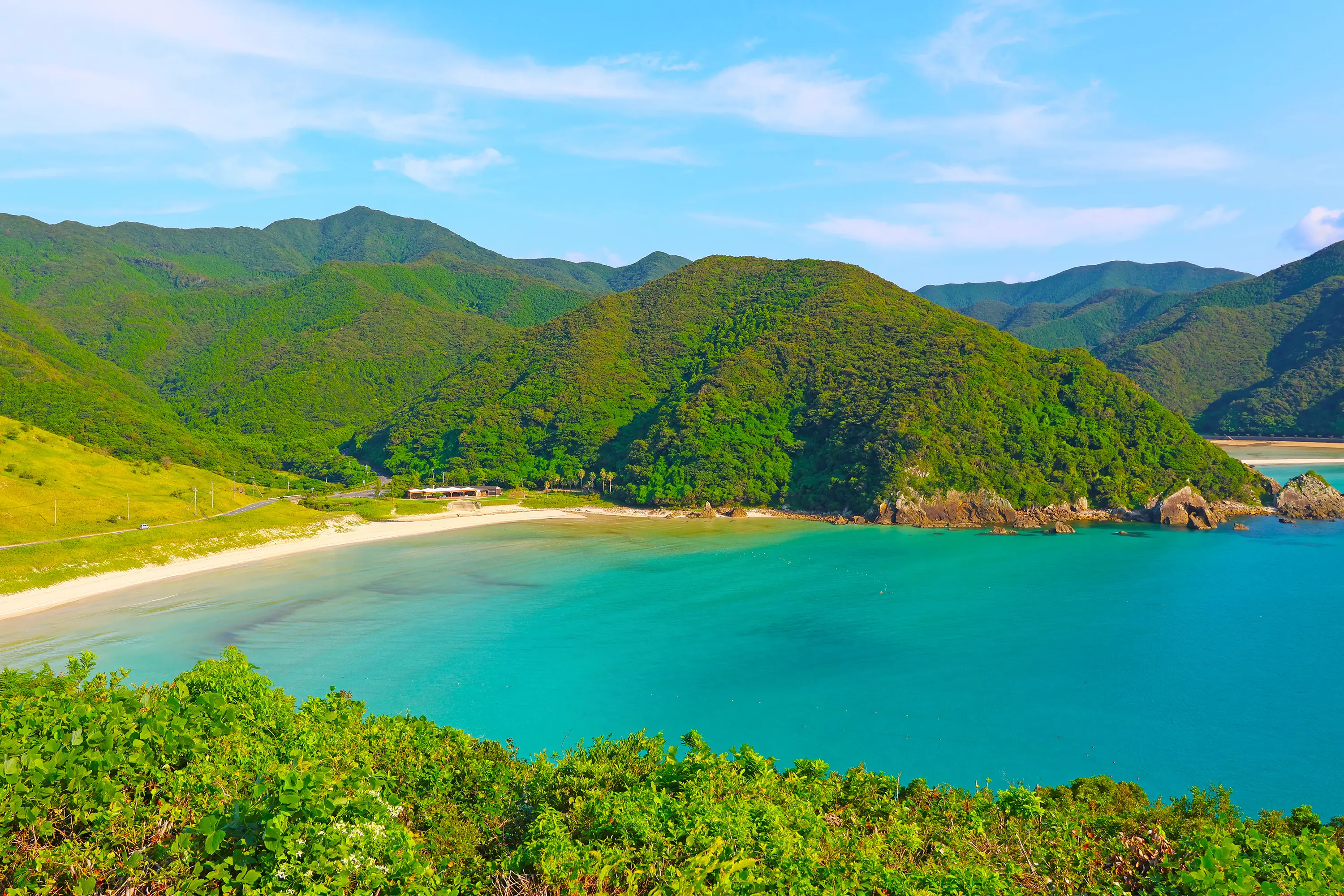
The Osezaki Lighthouse, standing at the westernmost tip of Fukue Island, is also one of the Goto Islands' most prominent scenic spots. It takes about 20 minutes to reach the lighthouse via the walking path. It is also known as a sunset spot and has been selected as one of Japan's Top 100 Sunset Views.

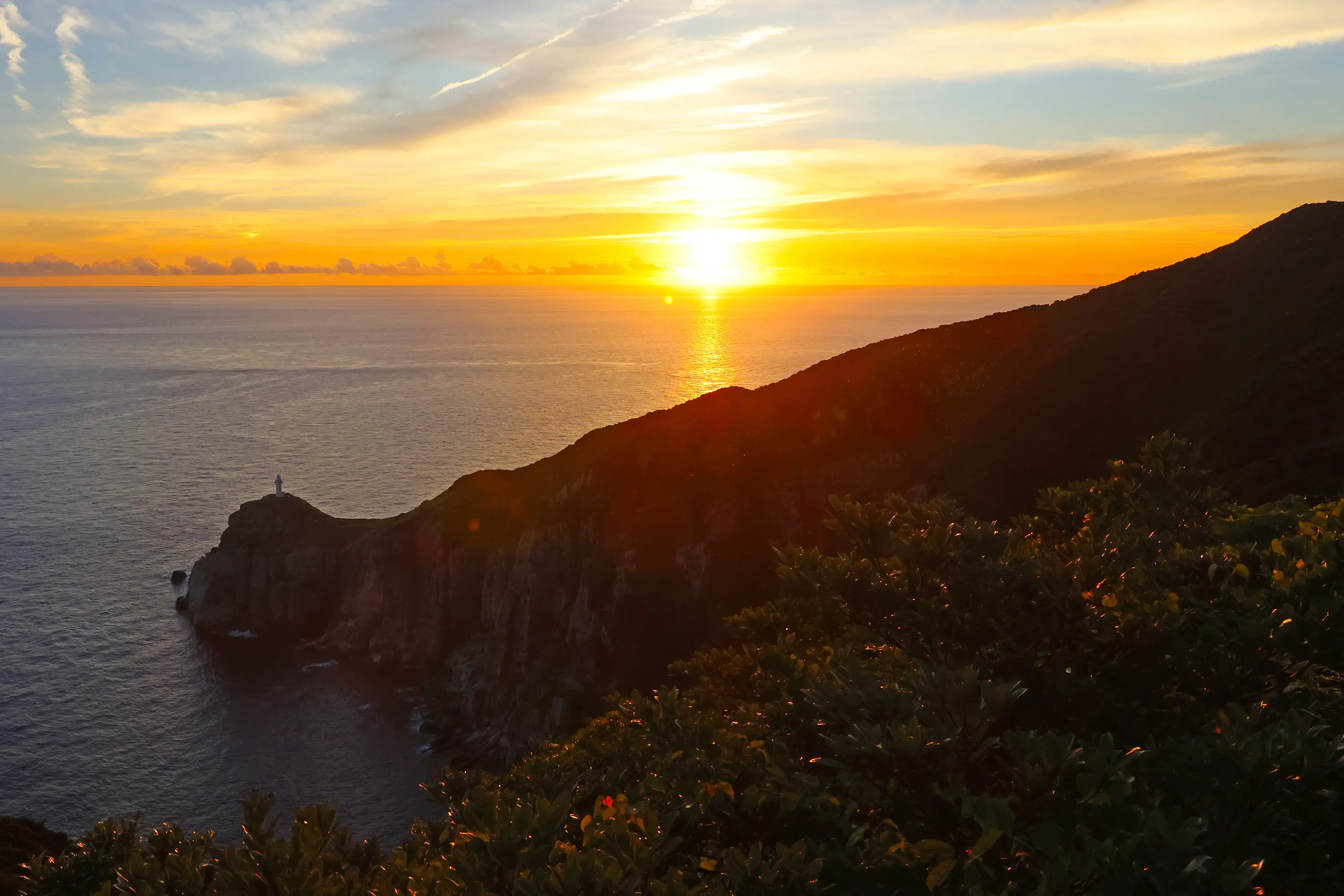
Savoring the fresh seafood unique to the Goto Islands and their famous udon noodles
Benefiting from the warm Tsushima Current, the Goto Islands have excellent fishing grounds, allowing you to indulge in exceptionally fresh seafood to your heart's content. The sparkling, sashimi-grade silver-stripe round herring (kibinago), measuring about 10 cm in length, is a popular delicacy of the Goto Islands that you won't find easily elsewhere. At Ikesu Kappo Sinsei on Fukue Island, they serve a seasonal sashimi platter featuring fresh catches like kibinago sashimi, along with tuna (shibi-maguro), striped bonito (ha-gatsuo/kitsune-gatsuo), sea bream (madai), and big fin reef squid (aori-ika). The locally famous dish known as “kattoppo”—grilled boxfish with miso—is also a popular accompaniment to sake.


Goto udon is also famous, counted among Japan's three great udons alongside Sanuki and Inaniwa. Goto udon is made by kneading in locally produced camellia oil and allowing it to mature thoroughly, resulting in a firm texture that resists stretching. The typical way to eat this is to place the udon noodles into a large pot of boiling water and scoop them out to eat, known as “hell cooking (jigoku-daki).” At Chikusui-tei, a long-established Goto udon restaurant on Nakadori Island and the birthplace of hell cooking, you can savor the authentic taste of this dish. The use of camellia oil gives it a smooth, slippery texture that glides down your throat. To enhance the flavor even more, dip the udon noodles into raw egg or flying fish (ago) broth.
